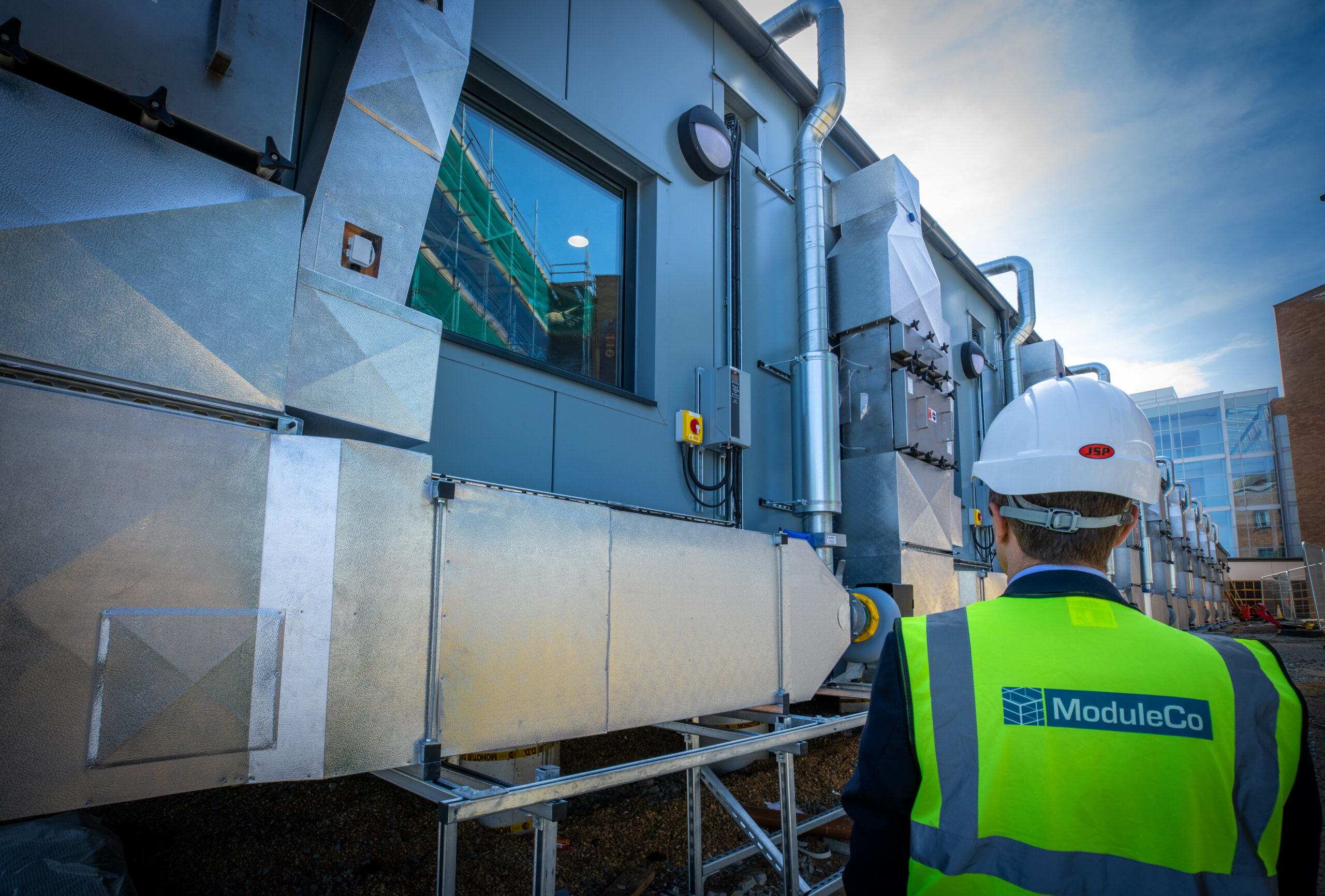In March 2020, the UK was on the cusp of the first national lockdown and the Four Nations Public Health HCID Group had made an interim recommendation to classify COVID-19 as a High Consequence Infectious Disease (HCID).
As London Hospitals were quickly becoming overwhelmed by admissions of COVID-19 patients, Norfolk and Norwich University Hospital (NNUH) had been designated as one of a number of “surge centres” to accommodate patients who required critical care. At the time, Negative Pressure Isolation Facilities were incredibly rare in the UK with only 15 beds across 4 hospitals.
These unique facilities are primarily designed to treat patients with HCID diseases such as Ebola, SARS, MERS, Hantavirus, and Avian Influenza. With the spread of COVID-19 accelerating, NNUH were looking to get working facilities in place in just 8 weeks which in their own words, “simply didn’t seem possible”.
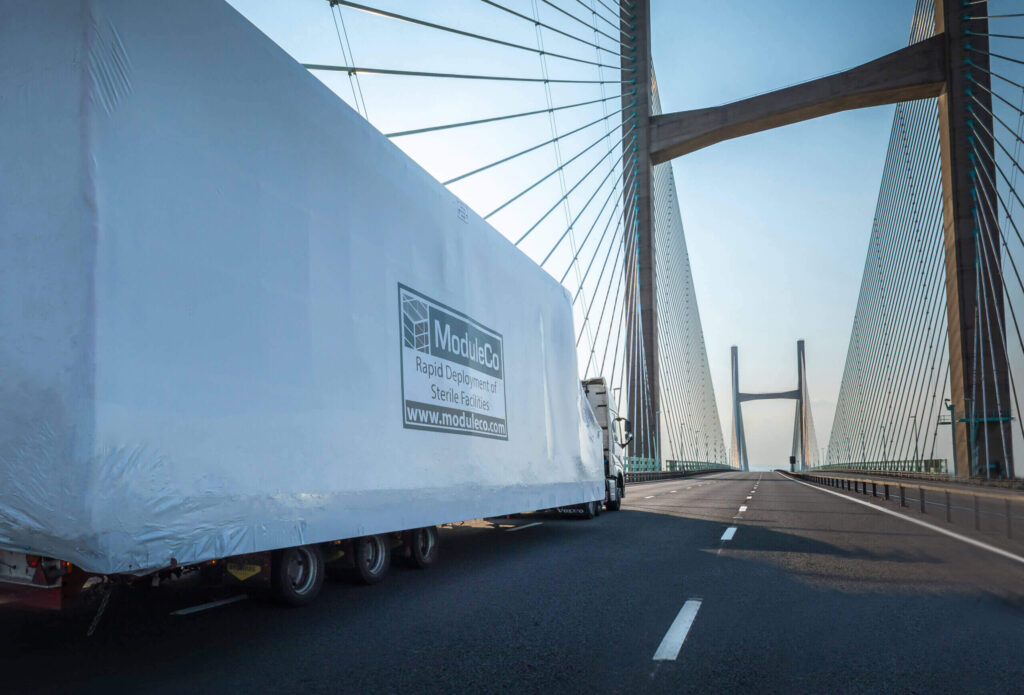
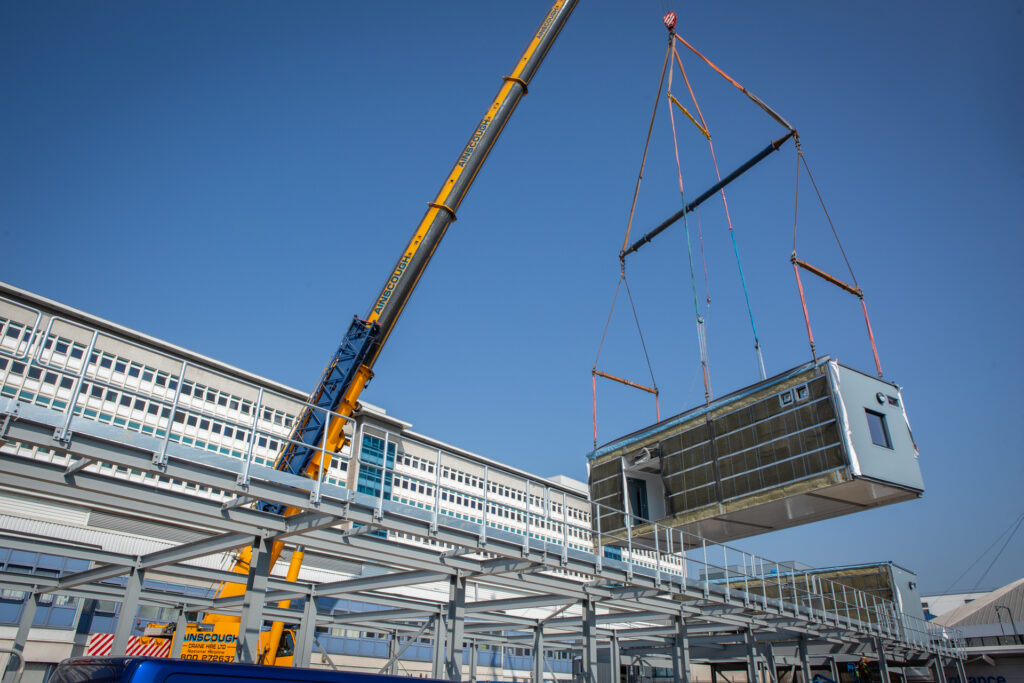
The challenge presented to ModuleCo, together with the nationwide situation, was daunting. We had just 8 weeks to design, build and deliver a Negative Pressure Isolation Facility capable of accommodating HCID patients, on a site not ready to be built upon, in the middle of a pandemic which was rapidly sweeping the country.
With every day critical to meeting the agreed timescales, our designs had to be ‘right first time’ and this required clear and accurate communication across our respective project teams as well as fast-paced decision making and sign off by the Trust.
From agreeing the design to the first modules arriving on site took just 41 days and during this time preparatory works had to be completed on site to ensure module installation could proceed seamlessly as planned.
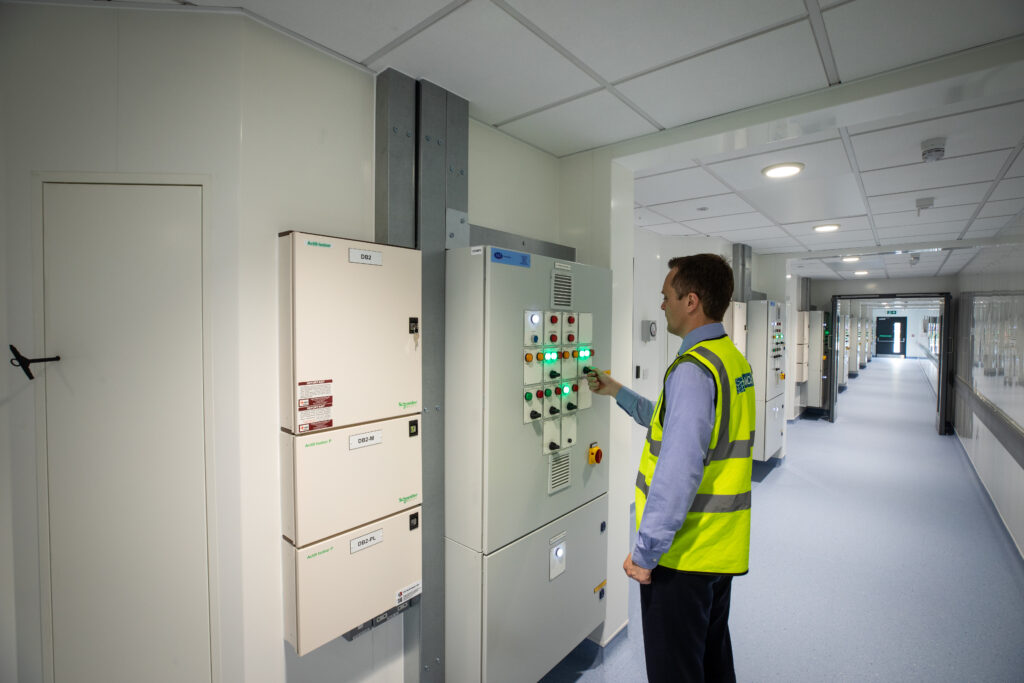
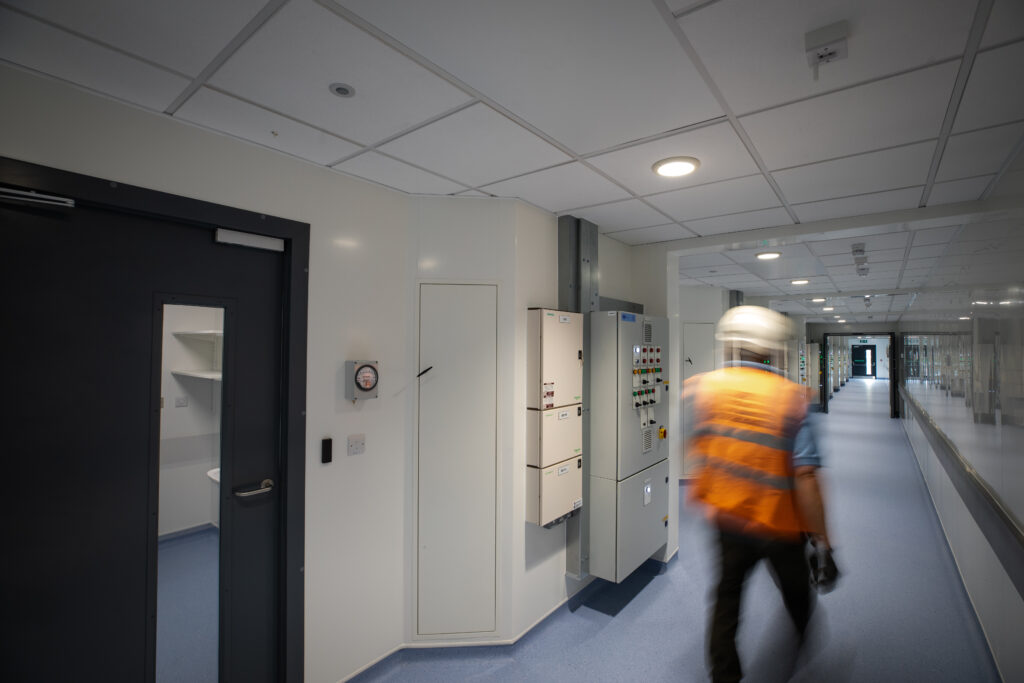
With 90% of the work completed in our factory, once on site, the Trust only needed to provide power, potable water and medical gas services, vastly reducing the impact to the estate and allowing for rapid connections to be made. A week of final connections and commissioning took place before the facility was handed over to the Trust for occupation during week 8 of the programme.
Under normal circumstances, the complexity of HCID facilities represent a unique challenge, the location potentially rendered the project unachievable and the circumstances presented by the pandemic were unpredictable at best.
The standalone Isolation Ward offers 10 single occupancy, en-suite rooms alongside ancillary support spaces for the clinical and nursing staff.
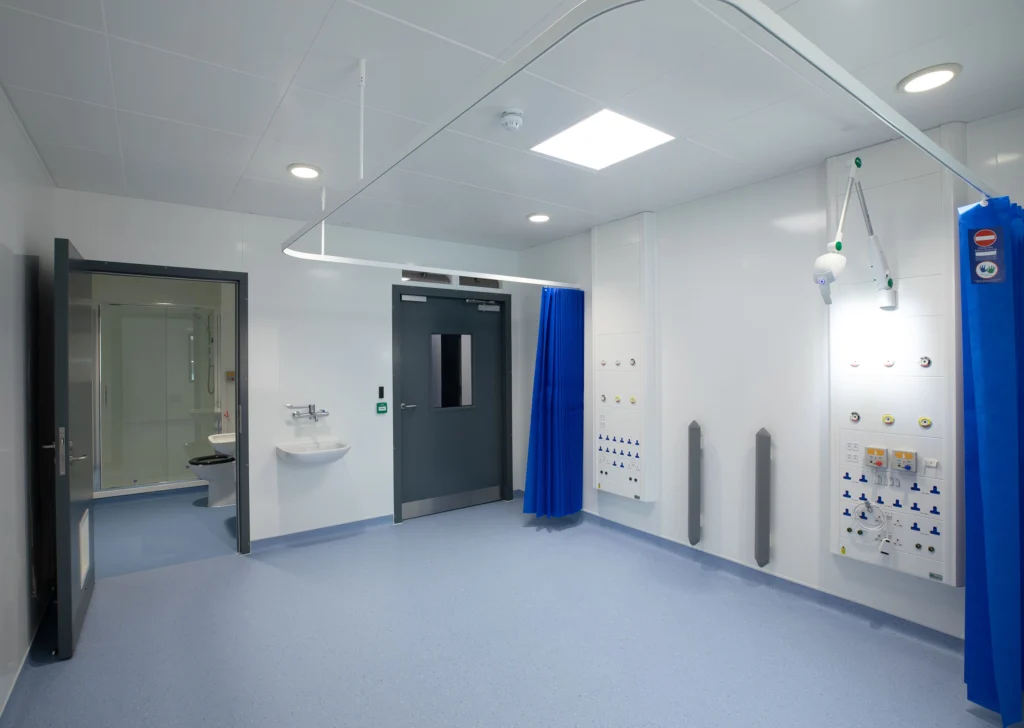
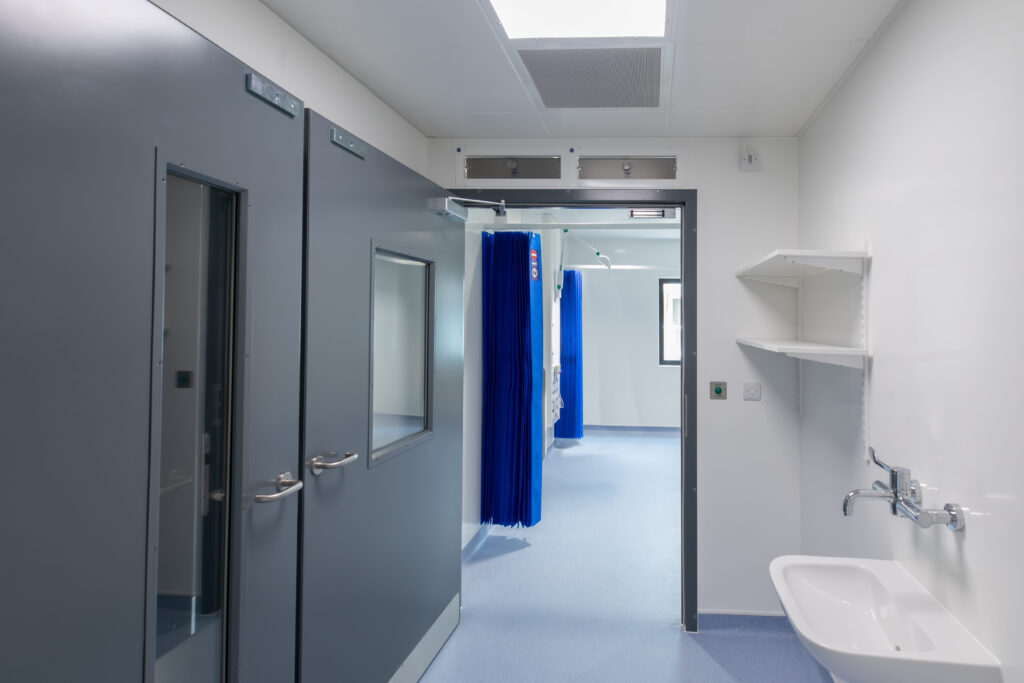
Designed to meet the specifications for HCID units, each patient room is supported by its own independent ventilation plant and safe change HEPA filter extract unit.
Each room has its own dedicated AHU providing a minimum of 10 air changes per hour and is coupled with a negative pressure regime that is protected by a ventilated entrance lobby.
In each lobby the dedicated supply/extract is mechanically interlocked to ensure there is no risk of a positive pressure regime arising should there be an AHU failure.
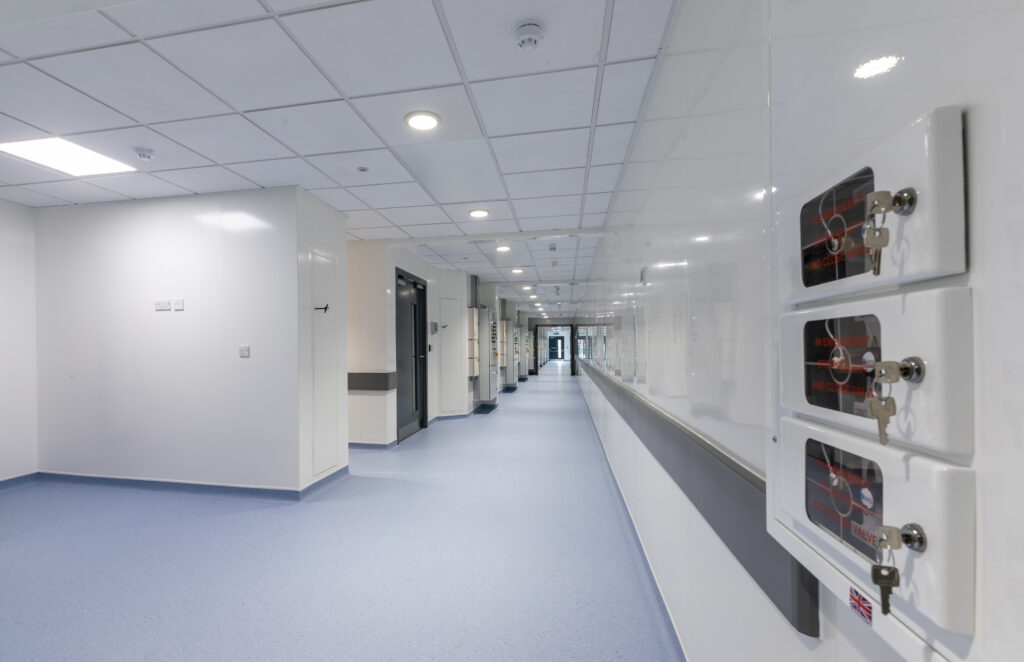
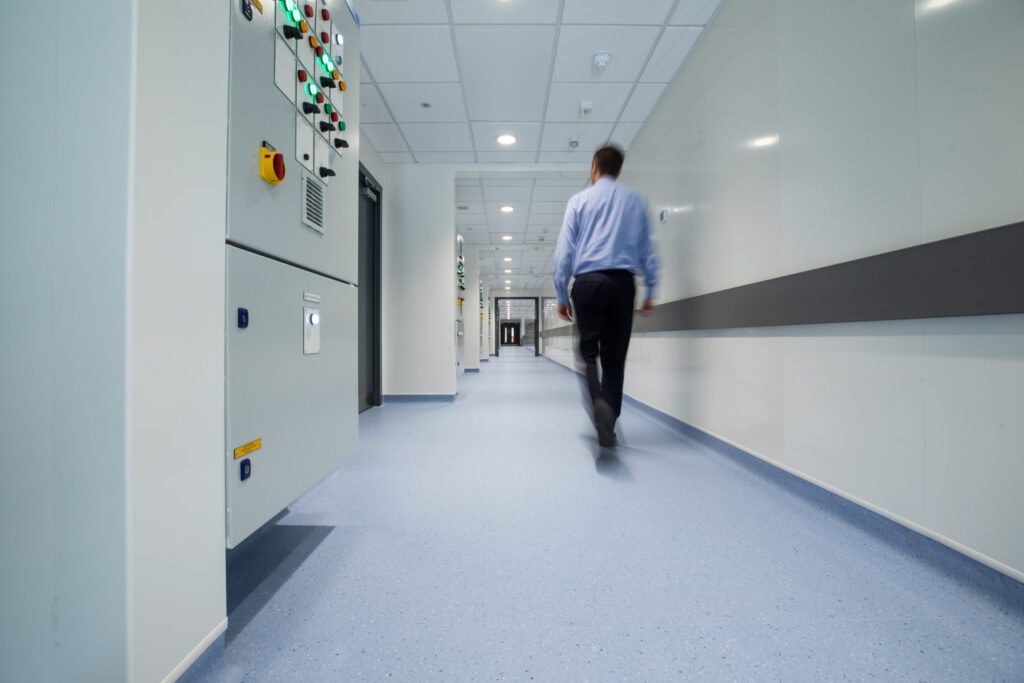
Adding more complexity to the project was the simultaneous delivery of an almost identical facility for Cardiff and Vale Hospital, who moved quickly to create additional specialist healthcare provision due to the pandemic.
Although the Trust had identified the merits of a ‘Negative Pressure Isolation Facility’ long before the pandemic, like NNUH they recognised the risk that many hospitals could be overwhelmed by COVID patients and took the decision to procure a specialist facility to alleviate the anticipated pressures.
With the decision made, there was still much work to do. Cardiff and Vale Hospital has been developed in such a way over the years that there was only one available location for a new facility – directly above the main entrance to the hospital, on a podium.
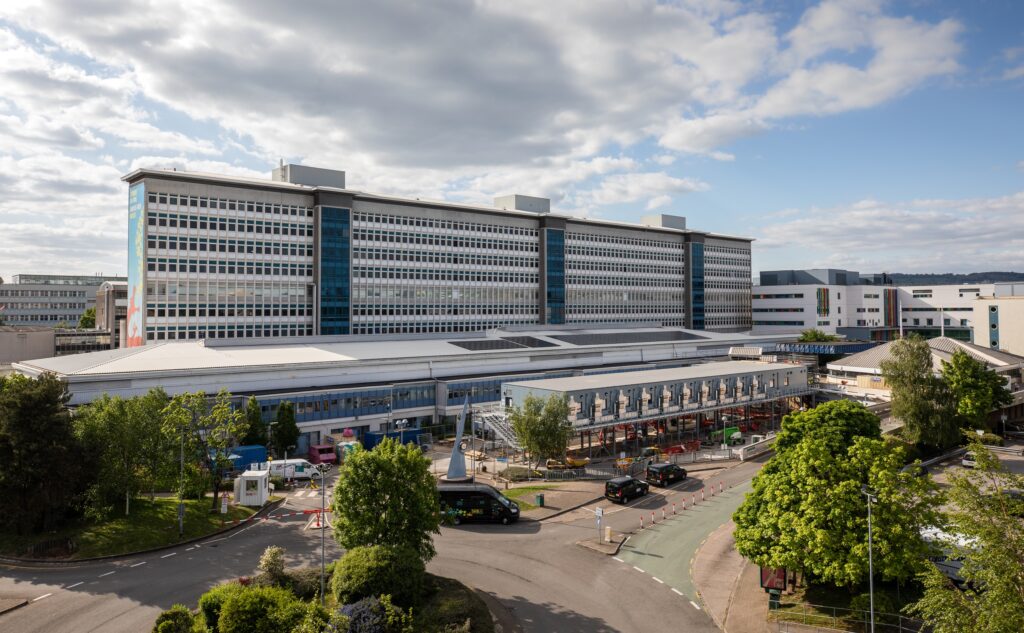
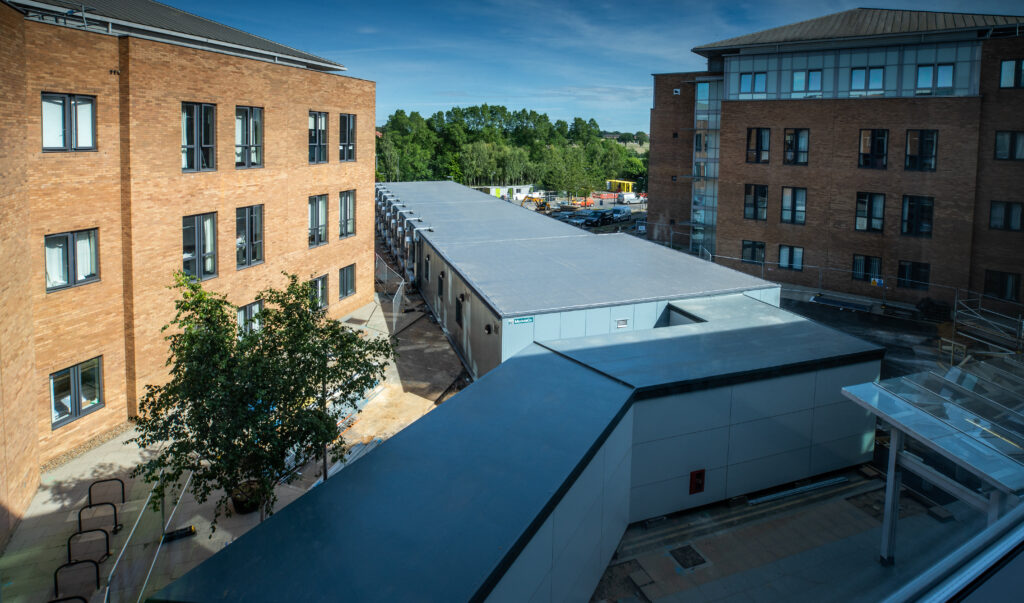
The combination of the location, urgent timescale and practical issues of working safely during the first lockdown, presented a truly unique challenge. We were asked to design, build and deliver this technically complex, specialist facility in just 8 weeks with no disruption to the busy day-to-day activities of the hospital whilst doing the same for NNUH.
By the end of May 2020, only 8 weeks after order, we had successfully delivered another Negative Pressure Isolation Facility, attached to a High Dependency Unit, situated above the Main Entrance of the Hospital, capable of safely caring for HCID patients.
By overlapping the two projects, we had more than doubled the UK’s HCID capacity from 15 to 35 beds in only 10 weeks. Thanks to our unique off-site construction approach, we were able to achieve this incredible feat with minimal disruption to both sites.
